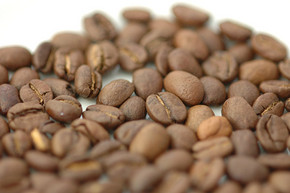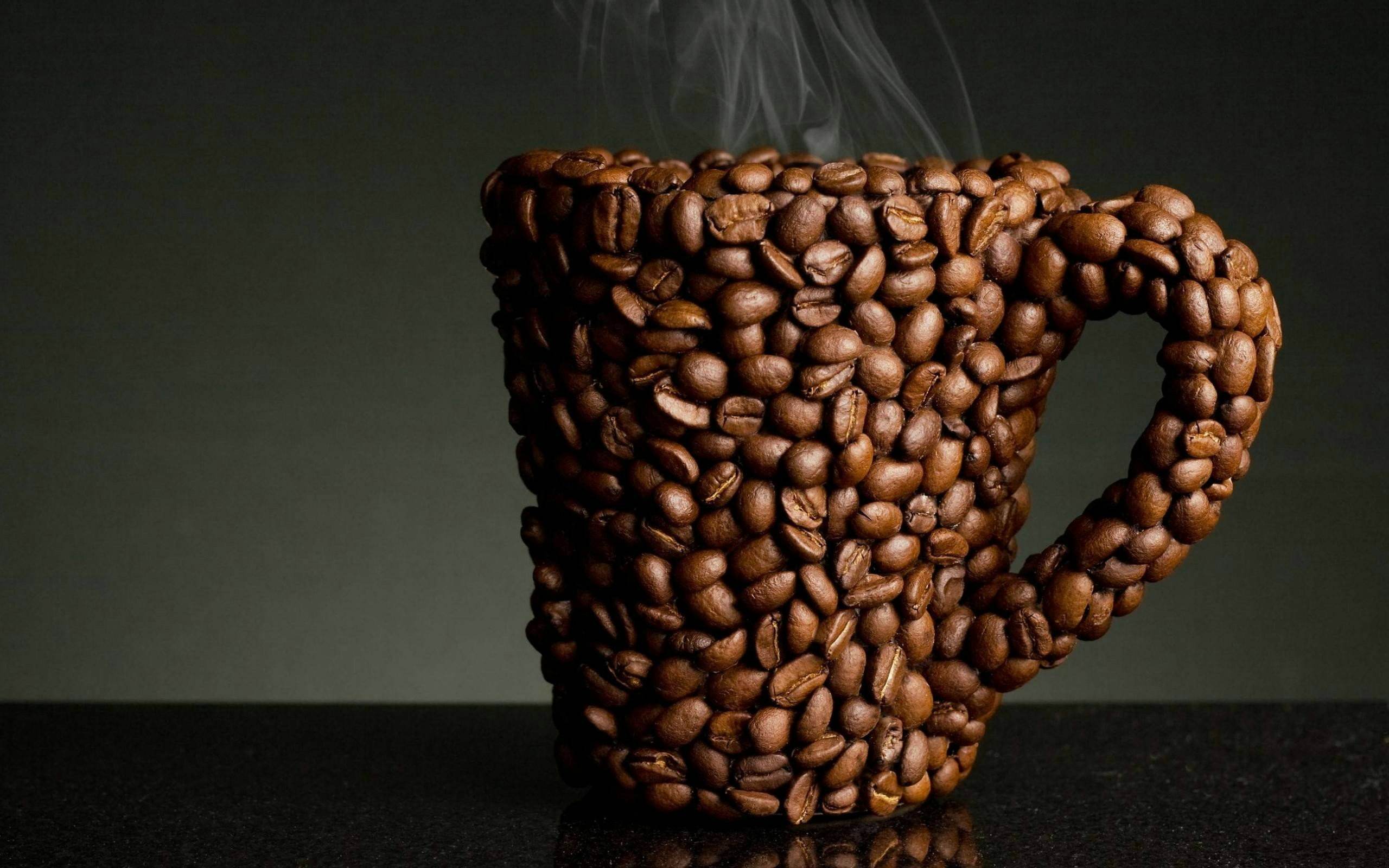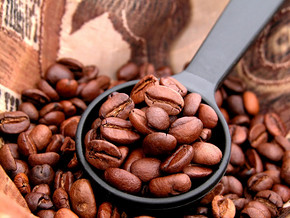How does Bolivian coffee compare with Latin American countries?
Follow the caf é (Wechat official account vdailycom) and found that Beautiful Cafe opened a small shop of its own.
How does Bolivian coffee compare with Latin American countries?
This problem is not only related to soil, planting height, bean seeds and the technology of farmers, but also has a decisive impact on the importance of national exports and the support of the local government.
Coffee does not account for a high proportion of Bolivian life. This conclusion is based on several observations: none of the farms I visited will bring you coffee. When farmers entertain friends, they usually soak their own "confident works" for everyone to drink. And what I drink is often Coca-Cola. In addition, outside the huts on both sides of the Central American road, farmers usually spread coffee beans on the ground, but in Bolivia these spaces are occupied by cocoa leaves. Third, and the most decisive, is that in the bazaar where whole grains are sold, there is usually coffee and raw beans. But in Bolivia, I can't find...

The country is in the name of mineral exports. Coffee farmers do not have the same status as Colombia, which is supported by powerful trade unions (FNC) or, like Honduras, by the Ministry of Agriculture (IHCAFE). At the Mellojones Cooperative, the question the 60 producers in the village most want to know is how much coffee is worth with different fractions. It is because in the past few years, exporters who bought coffee from them, regardless of the quality of the coffee, were only willing to pay a fixed price, but because there were no other buyers, there was nothing they could do about it. Under such circumstances, farmers simply have no incentive to improve the quality of coffee.
Is it all right to export by yourself? The answer is not for the time being. Because the transportation cost is too high, the roads are dangerous, and the thermostat equipment of trucks is very expensive, farmers simply cannot afford it. Moreover, the port is also going to Chile recently, so at present, only export companies with logistics facilities can do so.
On the same day, we got the Cafe Senda Salvaje cup test of COE presidential award (over 90 points) at the coffee shop opened by Carmelo, the owner of the farm in town. "do you like the coffee? The one with a particularly rich fruit rhyme is not welcomed by the local industry, and they feel that it has been overfermented. "
Bolivia used to host COE competitions, but it has stopped in recent years. There are different reasons. Judges say it is because of geopolitics, but local farmers think that their own level is not enough, which leads to low auction prices and lack of interest in the international market. On the wall of the coffee shop hung bits of the game of that year. One of them is today's birthday, and the other just visited last week and has bought all the coffee with the highest score on the table! (local colleague: there is nothing I can do. Mr. Maruyama is too strong.)
The jeep slowly went up the hill and saw a lot of coffee trees on both sides of the dirt road. It felt like Ethiopia.
Yes, it's the source of coffee. Ethiopia! But not its beautiful side, but the towering old trees, uneven, unorganized, and messy garden farming model. According to Carmelo, these are typica coffee trees that were planted at least 20 years ago and are now abandoned, and many coffee farmers have switched to other crops, such as cocoa. At present, the most common beans in the country are catuai, caturra, java, typica and so on. As leaf rust began to rage three years ago, some farmers have begun to switch to catimor, which is highly resistant to the disease.
Juvenal, the person in charge of Finca Takesi, stopped his car from time to time, summoned the farmer from the field, and gave advice: the distance between the horizontal branches of each tree, the frequency of pruning, how to plan to divide the hillside into different parts, how to take turns to work, how to see the acidity and alkalinity from the moss on the ground, how to sniff out the composition of the soil with his nose, and the size of the flowers, to identify the productivity of the whole plant, and so on. He is the idol of the Bolivian coffee industry, like a doctor to give the correct diagnosis of the observation to help farmers improve the quality of coffee.
As an upstream entrepreneur, the author will learn from the botanist (agronomist) of his own farm from time to time, but Juvenal makes me experience a deeper obsession: in a nursery, black bags containing young oysters are in a row of three. Since farmers need to pull up weeds every few days, he suggests that farmers use six groups of 30 centimeters apart (just enough for him to squat). He stretches his arms to reach three packs and turn around. This is the most economical place when a large number of seedlings need to be taken care of, and if a shed is needed to block the sun, the cost of materials can also be reduced.
The author finds that all the farms visited have a common phenomenon. Friends in Nicaragua first saw from the photo that "those forests …" Why did you cut it all off? " The first thing to bear the brunt of the restoration of an industry is to destroy the natural ecology; in the past, wild coffee trees were submerged in the forest, at peace with the rest of the world. Now, this hillside is calculated according to precise science in an orderly manner, taking production capacity as the common factor, together with sunshine, Rain Water, fertilizer and so on, bringing the greatest harvest to mankind. In the eyes of outsiders, it is the destruction of the environment, in their eyes, it is the right to survive. What do consumers see in their eyes?
Important Notice :
前街咖啡 FrontStreet Coffee has moved to new addredd:
FrontStreet Coffee Address: 315,Donghua East Road,GuangZhou
Tel:020 38364473
- Prev

Introduction of FTO SHG EP Coffee Bean planting area in Bolivia
Following Cafe (official Wechat account vdailycom) found that Bolivia Coffee has the advantages of high altitude and excellent varieties of coffee, where the traditional Tibica and a small amount of Kaddura are highly valued on the world market. Bolivia is not a big coffee producer, but the excellent elevation and climatic conditions of the La Paz Mountains make
- Next

Introduction to the History and Culture of Bolivian Coffee
Following caf é (Wechat official account vdailycom) found that Beautiful Caf é opened its own shop Bolivia is a landlocked country in central South America, bounded by Brazil to the northeast, Paraguay to the southeast, Argentina to the south, Chile to the southwest and Peru to the west. The main topography is the plateau. Bolivia is the highest plateau country in the world, with an average elevation of more than 3000 meters
Related
- Detailed explanation of Jadeite planting Land in Panamanian Jadeite Manor introduction to the grading system of Jadeite competitive bidding, Red bid, Green bid and Rose Summer
- Story of Coffee planting in Brenka region of Costa Rica Stonehenge Manor anaerobic heavy honey treatment of flavor mouth
- What's on the barrel of Blue Mountain Coffee beans?
- Can American coffee also pull flowers? How to use hot American style to pull out a good-looking pattern?
- Can you make a cold extract with coffee beans? What is the right proportion for cold-extracted coffee formula?
- Indonesian PWN Gold Mandrine Coffee Origin Features Flavor How to Chong? Mandolin coffee is American.
- A brief introduction to the flavor characteristics of Brazilian yellow bourbon coffee beans
- What is the effect of different water quality on the flavor of cold-extracted coffee? What kind of water is best for brewing coffee?
- Why do you think of Rose Summer whenever you mention Panamanian coffee?
- Introduction to the characteristics of authentic blue mountain coffee bean producing areas? What is the CIB Coffee Authority in Jamaica?

